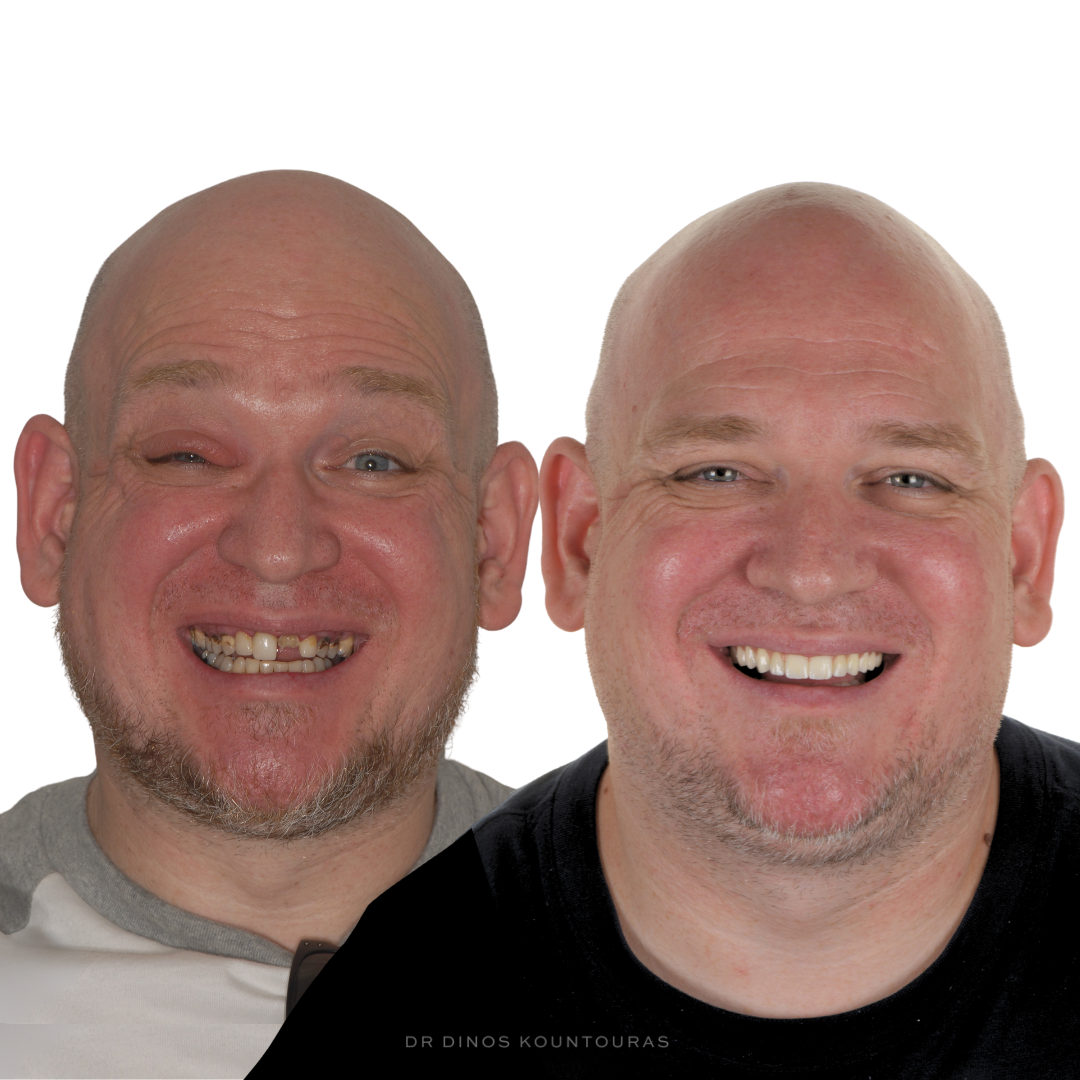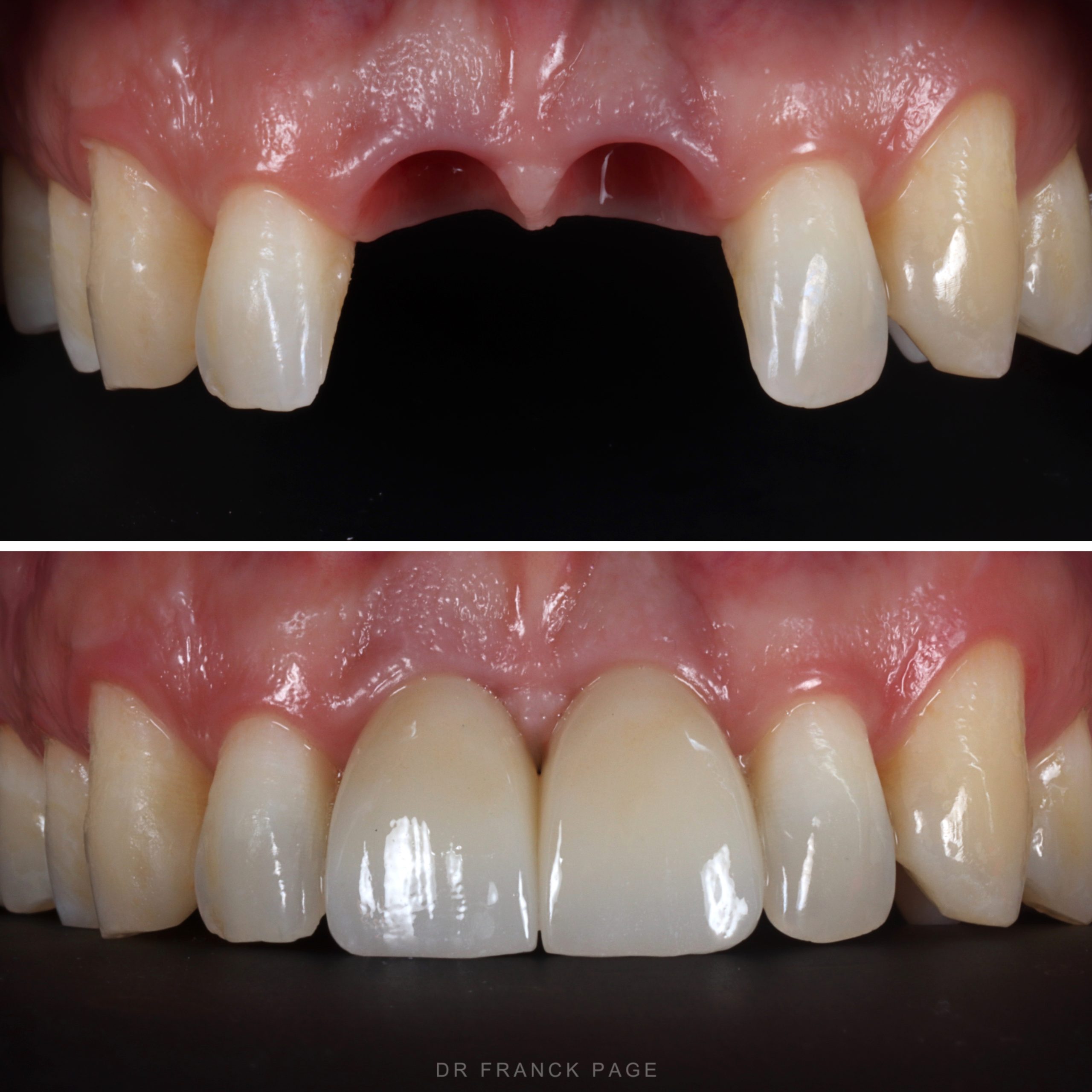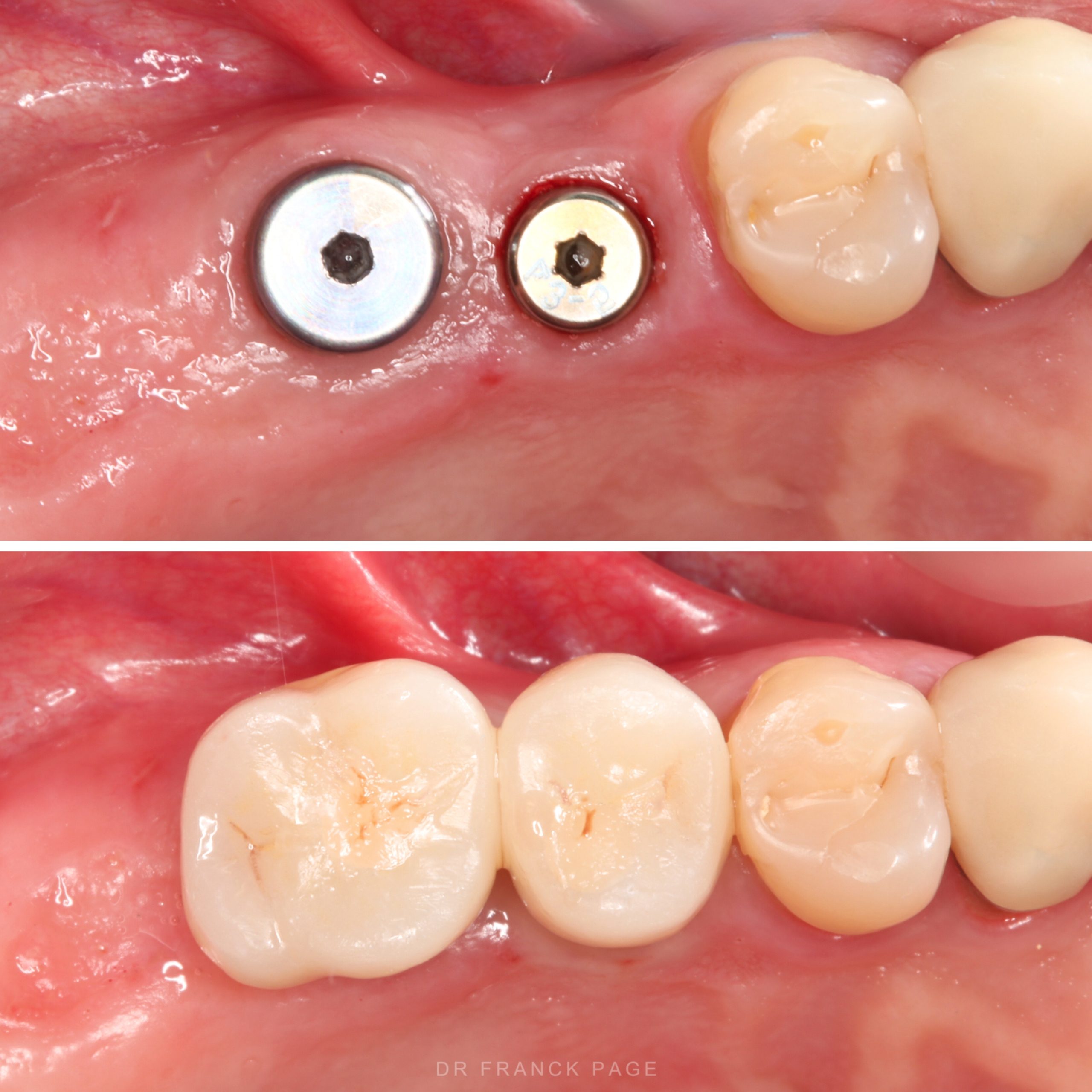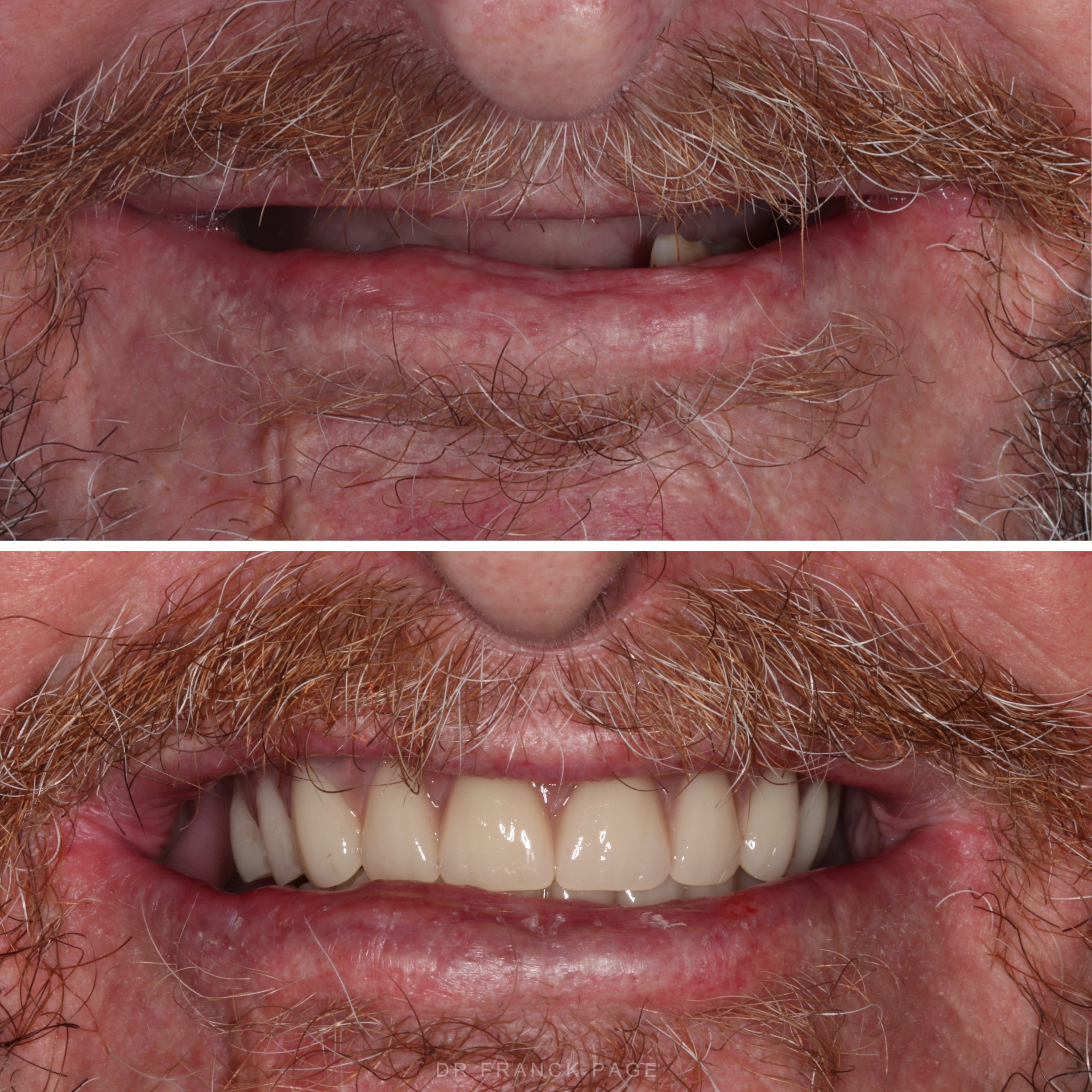Dental Implants
Dental Implants
Exemplary dental care awaits you at Dental Implants & Aesthetics. Our patient-focused philosophy places you at the forefront of every decision, ensuring personalised treatment plans tailored to your unique needs and goals. Working closely with you, our team strives to deliver functional, natural-looking results that enhance both your oral health and quality of life. Employing the latest technology and techniques, we ensure a comfortable and stress-free treatment journey, all while upholding the highest standards of care.
What are Dental Implants?
Dental implants are one of the most popular choices for tooth replacement in modern-day dentistry. The implant itself is a titanium post that is surgically placed into the jawbone to serve as a replacement for the tooth root. This implant accommodates a range of restorations, including individual crowns, dental bridgework, full-arch tooth replacement, and implant-retained dentures.
Dental implants look, feel, and function like natural teeth, providing a long-lasting solution for individuals with missing teeth, and are a great alternative for removable dentures.
With the advancement of dental technology, dental implants are a fundamental evolution in full arch tooth replacement, and ‘All-on-X’ restorative dentistry.
The treatment process for dental implants is staged across four main phases:
Phase 1: Surgical implant placement
Phase 2: Osseointegration (the healing phase)
Phase 3: Preparation (impressions/scans) for the final implant restoration/s
Phase 4: Final prosthesis inserted
With more complex dental implant cases, such as full-arch or full-mouth rehabilitation, the treatment time, and stages involved in the treatment process, are generally greater from start to finish.
At Dental Implants & Aesthetics, we offer all aspects of implant dentistry from:
- Single tooth replacement
- Immediate load dental implants
- Implant-supported bridges
- All-on-X
- Implant-supported dentures
Each treatment plan is carefully thought out and tailored to your individual needs. During the consultation process, your dentist will provide you with the most suitable treatment options perfectly suited to you.
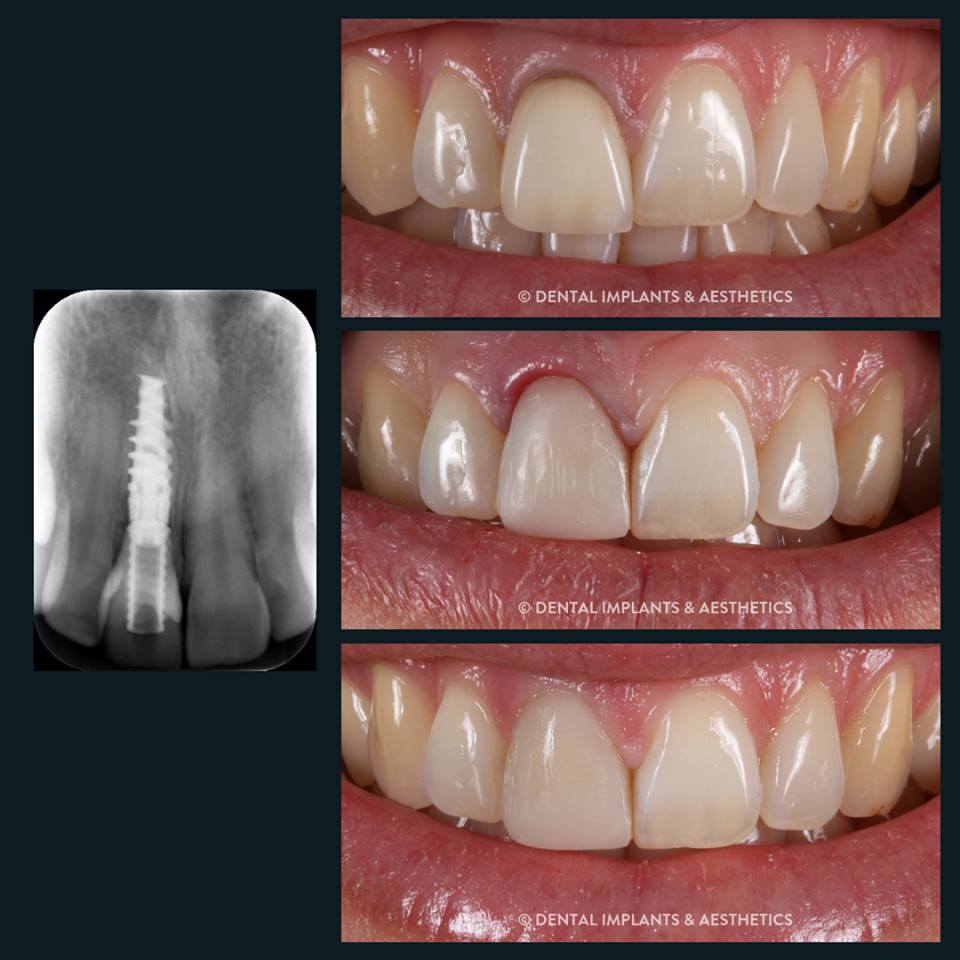
Before and Afters
What to expect from
your first consult?
Your initial consultation is designed to provide you with a clear understanding of your dental implant treatment options. Our team will use a 3D OPG scan and engage in an in-depth discussion with you to determine your goals, review pricing, and ensure a personalised approach to your treatment. After your appointment, you will receive a comprehensive treatment plan and all necessary information to make informed decisions about your dental health.
